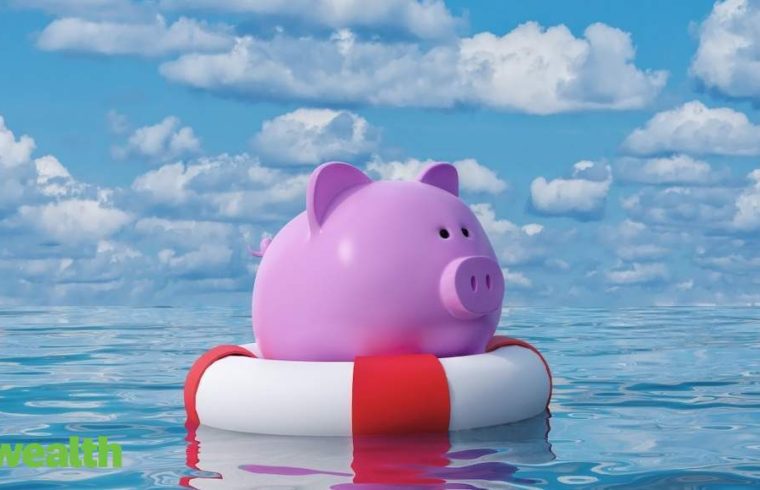
Emergencies and the financial burden they entail cannot be foreseen. That is why it is important to have an emergency fund to fight any sort of exigency. An emergency fund is a contingency fund that not only helps financially during most difficult times, but it also prevents the derailment of your saving for long term goals.
Here is a look at how you can build and maintain an emergency corpus.
When you may need emergency fund
Over the past year, many of us have seen the worst of emergencies, be it in the form of job loss, pay cuts, death of a family member and so on thanks to the novel coronavirus pandemic. Loss of income and medical emergencies can mean that one will have to turn to their emergency fund to tide through the tough times.
Here are some situations when you might have to dip into your emergency fund.
Short-term emergencies
- Unforeseen repair work at home or business office
- Uninsured illness needing costly medication or a minor surgery
- Flash floods damaging household items
- Theft or burglary at home or during a journey
- Unexpected family travels
- Vehicle breakdown at home or during a journey
Long-term emergencies
- A medical or family conditions requiring a long break from work
- A prolonged period of job loss
- A chronic uninsured illness needing a big amount
- Damage to house in a natural calamity
How much emergency fund to have?
An emergency could be in any form; a small one like car breakdown and a big one like job loss, which may continue for several months. In such a situation you will not only have to manage your household expenses but also continue paying your labilities like EMIs and credit card dues. Therefore, one should at least build an emergency corpus which can at take care of 6-9 months of family expenses.
Where to park your emergency funds
The primary objective of your emergency fund is to help you when you need it the most without any delay. While some emergencies may give you a few hours or days to prepare, others may require funds immediately. Therefore, the avenues you use to park your emergency fund should be highly liquid and easily accessible.
Do keep in mind, that a part of your emergency fund should also be parked in financial products that offer good returns along with being easily accessible.
Savings bank account or cash: One-month expenses as a reserve can be kept in a combination of saving bank account and cash. Though cash is highly discouraged, there are many emergencies when it is the only option. Many natural disasters like storm, excessive snowfalls etc. may impact internet connection and so digital payment options may not work. Therefore, it may be a good idea to keep some amount cash to manage 7-10 days expenses. Rest you can keep in your saving bank account.
Return on your emergency fund
- SBI Saving Bank Account – 2.70%
- SBI 5-year Fixed Deposit – 5.40%
- Liquid Mutual Fund Return 1 year – 3.66%*
- Liquid Mutual Fund Return 5 year – 6.15%*
Source – Bank deposit rate – SBI, Liquid MF – Value Research, *category average as on 24-Feb-2021
Use sweep-in FDs: if you keep the remaining amount in fixed deposits, the interest rate you can earn will be higher than what you get on a savings bank account. It also offers good liquidity as FDs can typically be liquidated on the same day on a working day at a bank branch. If you do it through online banking, you can liquidate it online on bank holidays as well.
However, if you have offline FDs you can take a sweep-in facility where the FD can be broken automatically whenever you withdraw funds even on holidays.
Liquid mutual funds: Many experts advise people to keep a part of their emergency fund in liquid mutual funds as they are considered to be safer than other debt investments. They are typically known to deliver a higher return than a saving bank account. However, you need to remember that even an online withdrawal may take 1-3 days for funds to be credited in your bank account. Some mutual funds offer ATM card facility which allow up to Rs 50,000 per day, per scheme withdrawal.
While bank FD enjoys a deposit insurance cover of Rs 5 lakh there is no such protection available with liquid funds. Depending upon your risk appetite, you can keep some part of your emergency fund in liquid funds.







